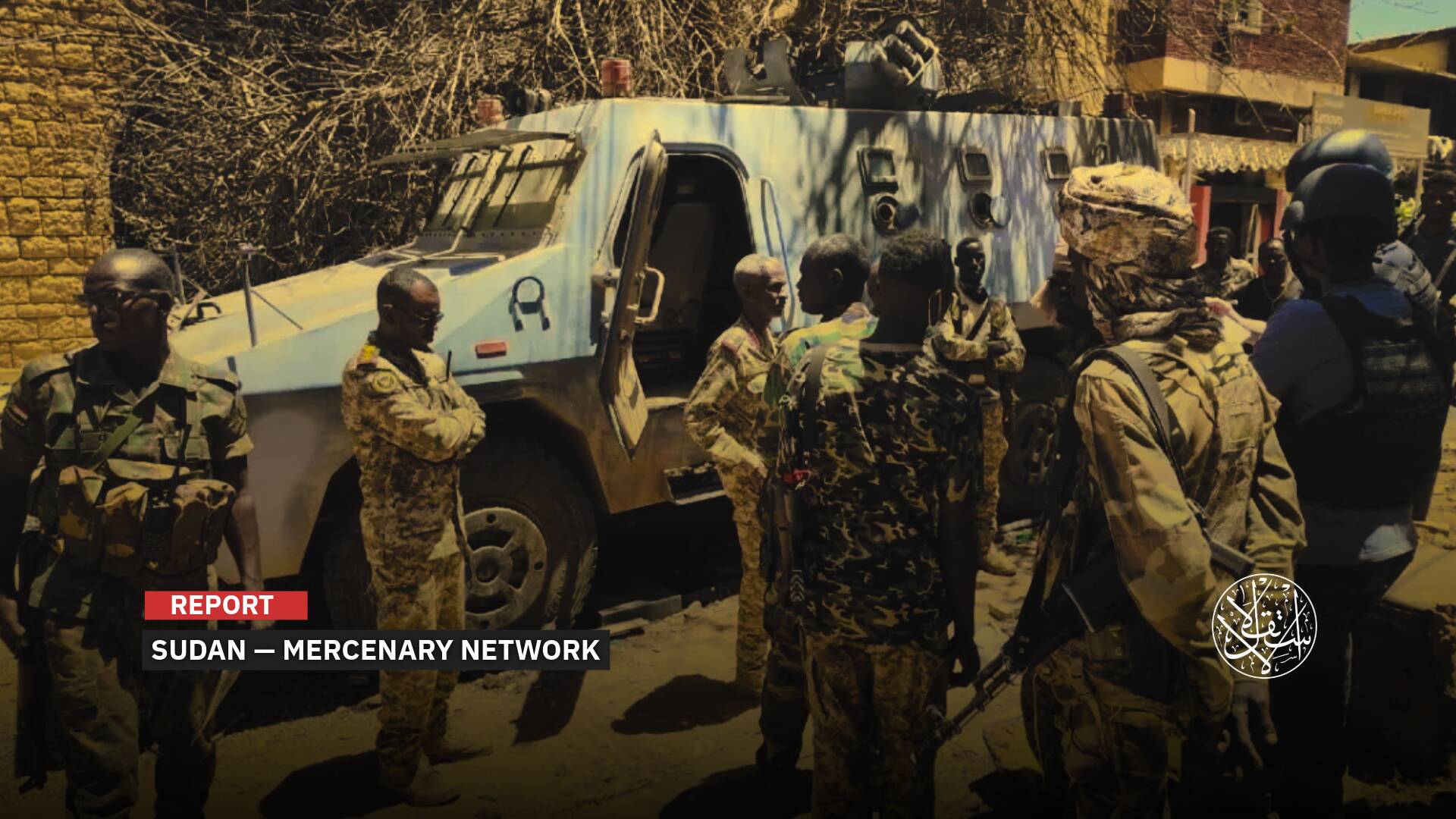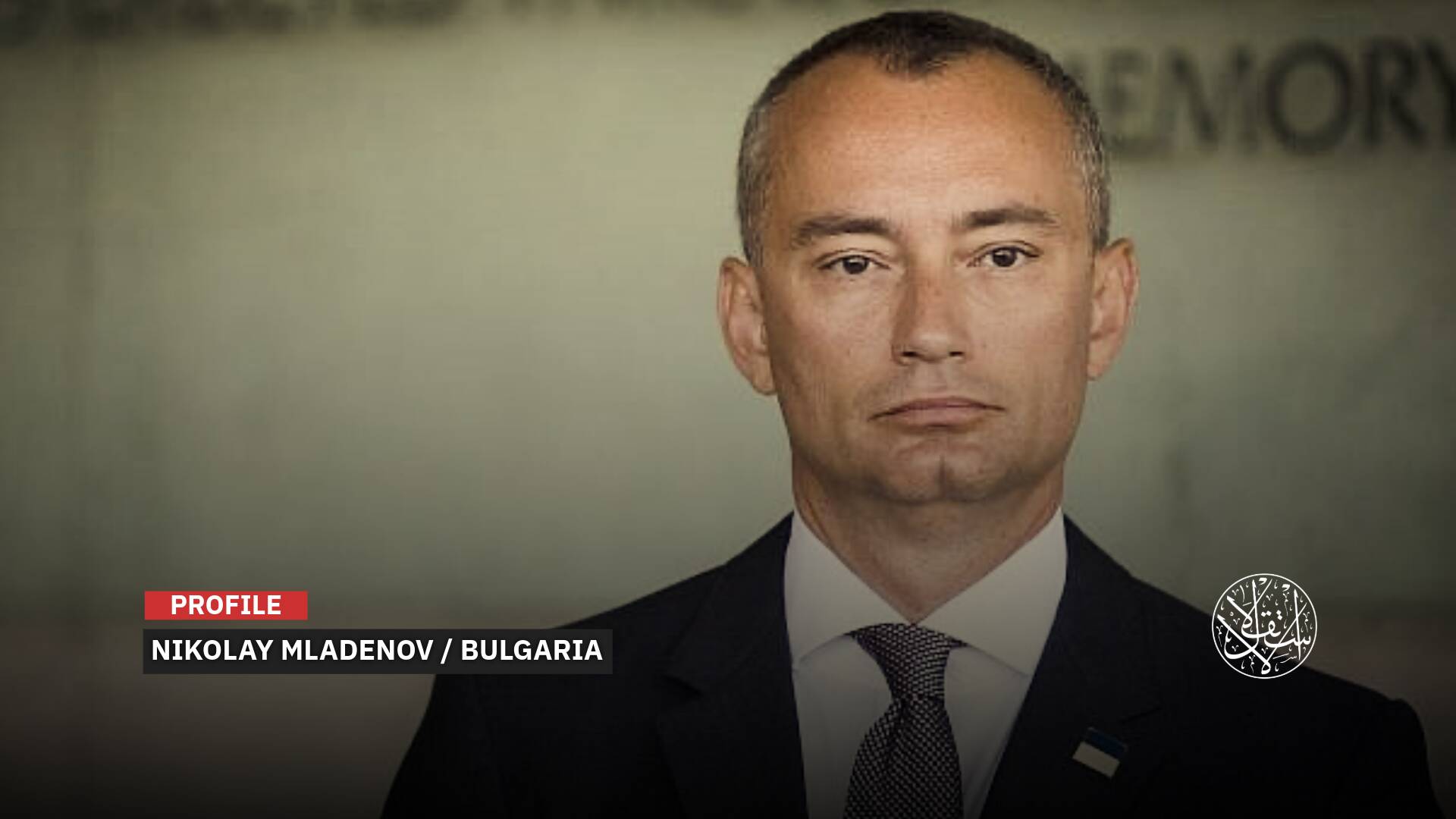The CIA Scandalous Torture Program is Still Unveiling

A new book has revealed alarming information about the top American intelligence agency's infamous torture program during the early years of the so-called "war on terror" in the United States.
Cathy Scott Clark, a British journalist and novelist, launched her new book, 'The Forever Prisoner,' which will be released next week, at a virtual event held by the New America think tank on Monday.
She provided details of a clandestine meeting of the US Central Intelligence Agency (CIA) in which senior intelligence officials discussed different contentious methods of dealing with those exposed to rendition and "enhanced interrogation techniques."
Abu Zubaydah’s Case
In the early years of what was known as America's "war on terror," and during an undisclosed meeting of senior CIA officers, senior intelligence officials met to discuss what to do with individuals who had been secretly extradited and "enhanced interrogation techniques."
After considering a number of options, including leaving them in detention, sending them to another country, and prosecuting them, a senior official wondered: "Why don't we kill them and end up?"
He revealed the details of that meeting last Monday, in an online seminar with writer and journalist Cathy Scott Clark, whose book provides an in-depth look at the CIA's controversial torture program.
"You may hear such discoveries, which I found a little disturbing," she said at the event hosted by the New America Research Center.
The book, to be released later this week, focuses on the case of Guantanamo Detainee Abu Zubaydah, who was interrogated using methods that amounted to torture—including waterboarding 83 times in a month, hanging naked from the ceiling, and sleep deprivation for 11 consecutive days.
Guantanamo’s Secrecy
President George Bush’s administration selected Guantanamo, a desolate place near the eastern tip of Cuba because it was under full control of the U.S. military and relatively close to the mainland, but beyond the reach of American courts.
The idea was that if the detainees were held away from U.S. soil, they would have no legal right to seek a judge’s order of habeas corpus, which protects against unlawful imprisonment.
Guantanamo detainees were subjected to widespread abuse, humiliation, and torture during their interrogations, the accounts of which were gradually exposed to the outside world by the few inspectors who visited the prison and some of the inmates who were released years later.
Clark, who had co-authored six books with journalist Adrian Levy, interviewed several top U.S. military and intelligence officials, including James Mitchell, one of the architects of the torture program.
She also said that despite persistent denial from U.S. officials, there is a link between Mitchell and other creators of the CIA's torture program and gross abuses that occurred at the notorious Abu Ghraib prison in Iraq, which was captured by the U.S. following the 2003 invasion of the country.
The prison witnessed rampant physical, psychological and sexual abuse by American forces.
Clark noted that her book also details “how the CIA's enhanced interrogation program absolutely, definitely led to abuses in the US military as well".
"The same people…were involved in putting together training programs, training materials, training the CIA, training interrogators to go to Guantanamo, training interrogators at Bagram, and then interrogators who went to Abu Ghraib.”
"Jim [Mitchell] can rightly say 'I didn't design what went wrong at Abu Ghraib', but he has to accept the responsibility that he created something that got out of control."
Abu Ghraib, once notorious as former Iraqi dictator Saddam Hussein's torture chamber, was under American control from 2003 to 2006.
Intelligence Program
Beginning in the early 1990s and continuing to this day, the Central Intelligence Agency, in collaboration with other U.S. government agencies, has used an intelligence-gathering program involving the transfer of foreign nationals suspected of involvement in terrorism to detention and interrogation in countries where federal and international legal safeguards, in the CIA's framework, do not apply.
Suspects are either imprisoned and interrogated by U.S. troops at U.S.-run detention facilities located outside of U.S. sovereign territory, or they are given over to the custody of foreign agents for interrogation.
In both cases, questioning procedures that are not in accordance with federal and international norms are used. This program is known colloquially as "extraordinary rendition."
The present approach has its origins in former President Bill Clinton's administration.
However, following the September 11, 2001, attacks, what had previously been a restricted program grew rapidly, with some analysts claiming that 150 foreign nationals have been victims of rendition in the last few years alone.
Foreign people suspected of terrorism have been detained and interrogated in Jordan, Iraq, Egypt, Diego Garcia, Afghanistan, Guantánamo, and other locations.
In the words of former CIA agent Robert Baer: "If you want a serious interrogation, you send a prisoner to Jordan. If you want them to be tortured, you send them to Syria. If you want someone to disappear—never to see them again—you send them to Egypt."
Administration officials, backed up by Department of Justice legal memos, have routinely argued that foreign people detained at such facilities, which are located outside of U.S. sovereign territory, are not protected by federal or international law.
As a result, the rendition program has enabled U.S. agents to detain foreign nationals without due process and, primarily through counterparts in foreign intelligence agencies, to use brutal interrogation methods that would be illegal under federal or international law to obtain information from suspects.













